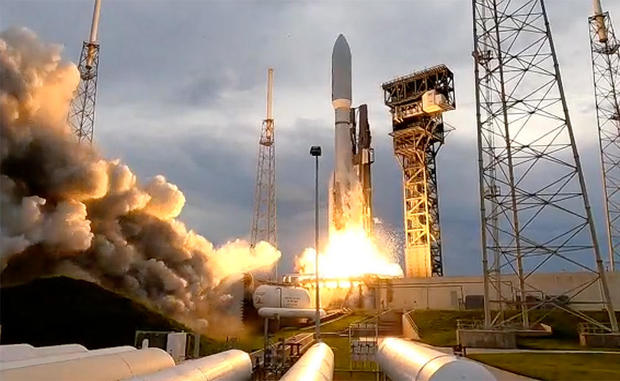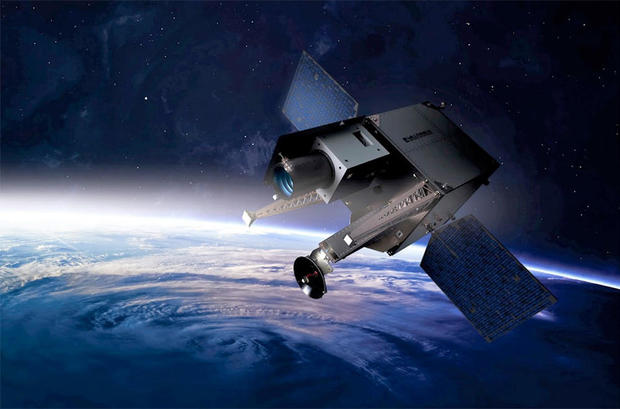Atlas 5 launches Space Force satellite to test early warning technology
3 min readJust after waiting out cloudy weather conditions, the U.S. Room Drive launched two satellites atop an Atlas 5 rocket Friday to examination ballistic and hypersonic missile early warning and monitoring technological know-how and to deploy a maneuverable spacecraft carrying an not known range of categorised payloads.
Presently running a day late since of stormy climate, the $1.1 billion USSF-12 mission obtained off to a floor-shaking start off at 7:15 p.m. EDT when its United Start Alliance rocket thundered to existence with 2.3 million lbs of thrust from its very first phase engine and four strap-on boosters.
Trailing a impressive jet of flaming exhaust, the 196-foot-tall rocket rapidly climbed from pad 41 at the Cape Canaveral Space Power Station, knifing through reduced clouds and rapidly disappearing from watch as it streaked away to the east over the Atlantic Ocean.
United Start Alliance
Eleven minutes afterwards, the Aerojet Rocketdyne engine powering the rocket’s 2nd phase completed the very first of a few prepared firings made to place the two satellites in a circular orbit 22,300 miles over the equator. The vacation was expected to take about six hrs, ending early Saturday with the satellites’ deployment from the Centaur 2nd phase.
Satellites at these kinds of geosynchronous altitudes get 24 hours to complete just one orbit and so rotate in lockstep with Earth, permitting ongoing hemispheric sights and enabling use of stationary ground antennas to relay details and commands.
The Extensive Field of Check out Testbed satellite, or WFOV, characteristics an infrared sensor created by L3Harris that will be evaluated to ascertain its ability to each detect and observe ballistic missiles and more maneuverable hypersonic weapons.
The second satellite, regarded as USSF-12 Ring, is a area truck of sorts, equipped with 6 ports to accommodate devices, sensors or compact deployable satellites. What could possibly be aboard for the USSF-12 mission was not discovered.
Millennium House Programs
As for the WFOV satellite, “Place Force’s selection a single mission is the missile warning and missile monitoring mission,” claimed Col. Brian Denaro of Room Methods Command. The USSF-12 mission “is an significant to start with phase in that priority mission location.”
The WFOV spacecraft is not supposed to provide as an operational early warning satellite. As an alternative, it will check the new sensor system and procedures for processing the enormous amounts of information it will generate to support “advise” designers of observe-on satellite techniques.
“The menace is unquestionably evolving at an unprecedented speedy speed that we have not witnessed just before,” Denaro mentioned all through a pre-launch briefing. “We are hunting at a array of targets and missiles in the hypersonic domain that are considerably more maneuverable, they are dimmer, they are tougher to see.”
“And that’s necessitating a new strategy to how we both equally detect and then keep track of all these missiles during their flight,” Denaro added.
Space Pressure is currently producing Up coming Generation Overhead Persistent Infrared — OPIR — satellites that ultimately will switch present House-Dependent Infrared Technique, or SBIRS, early warning satellites.
Lockheed Martin holds a $4.9 billion contract to construct a few OPIR geosynchronous satellites while Northrop Grumman is supplying two decreased-altitude polar satellites below a different $2.4 billion deal.










